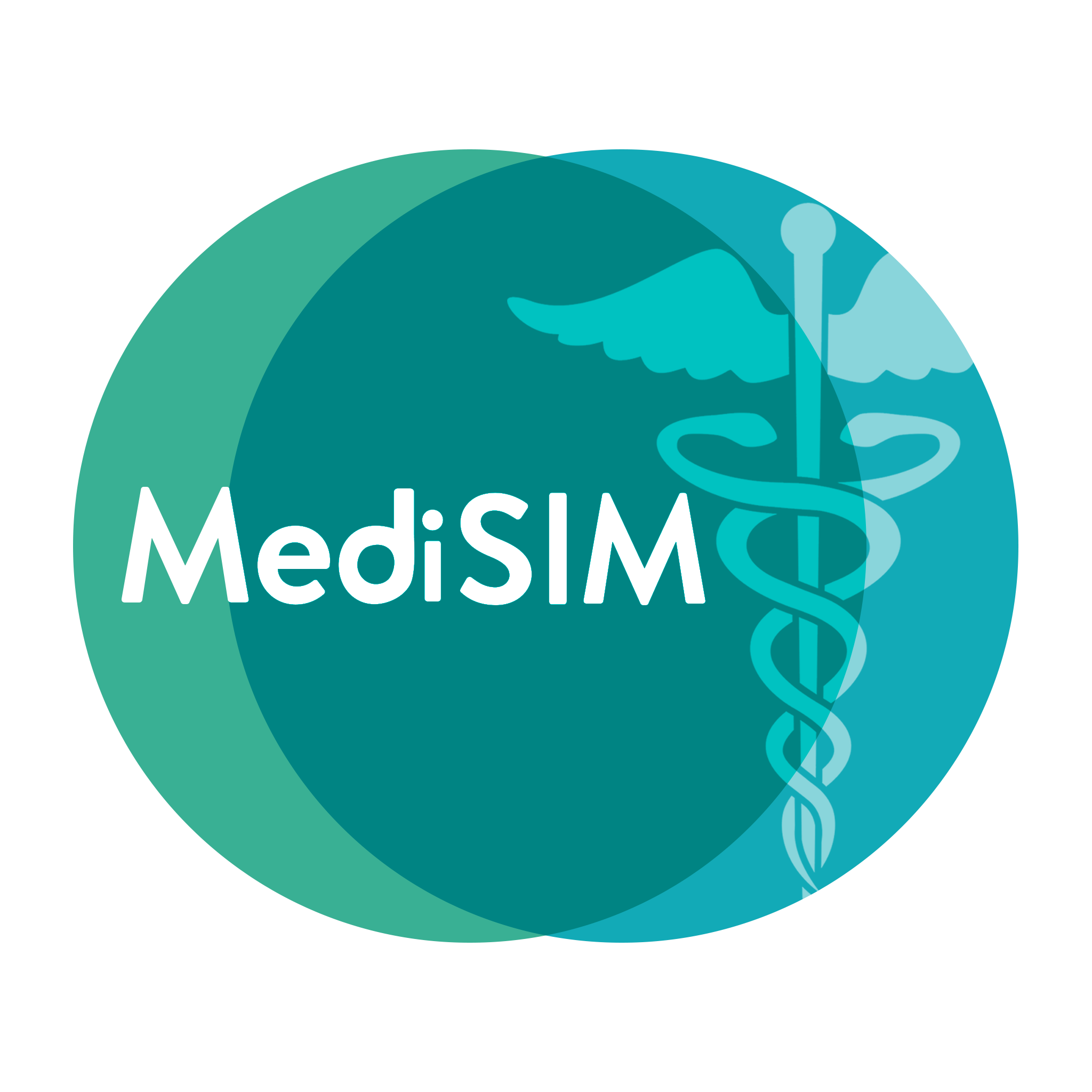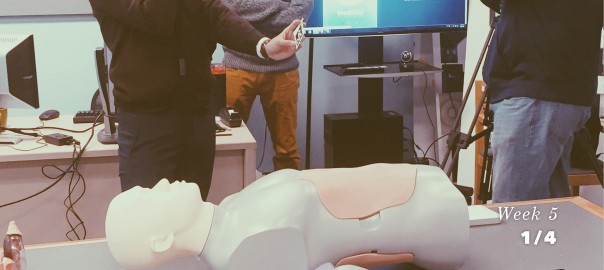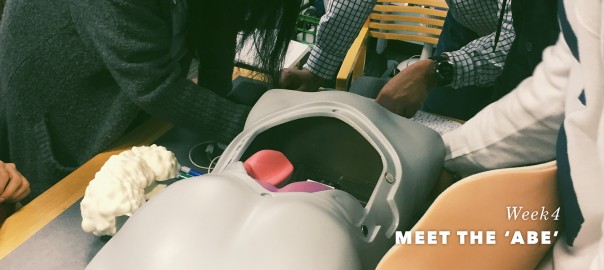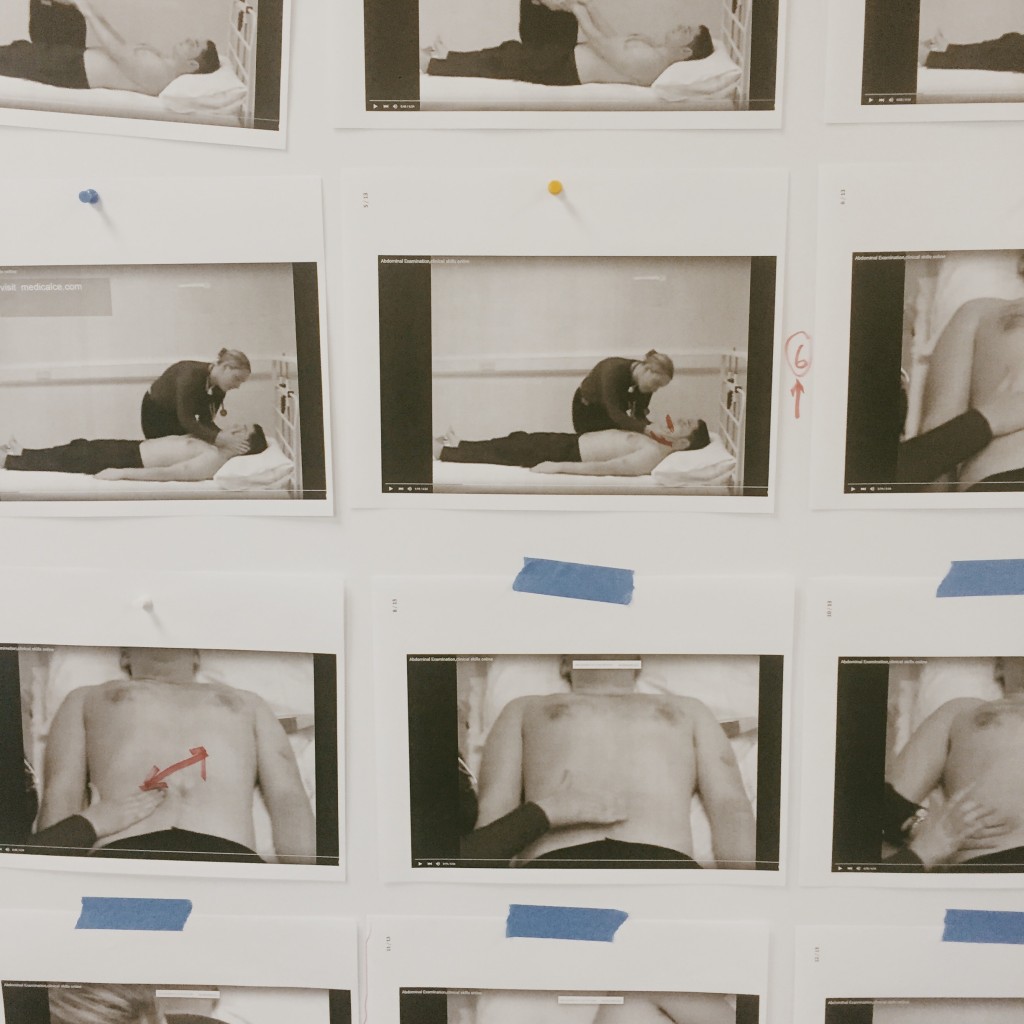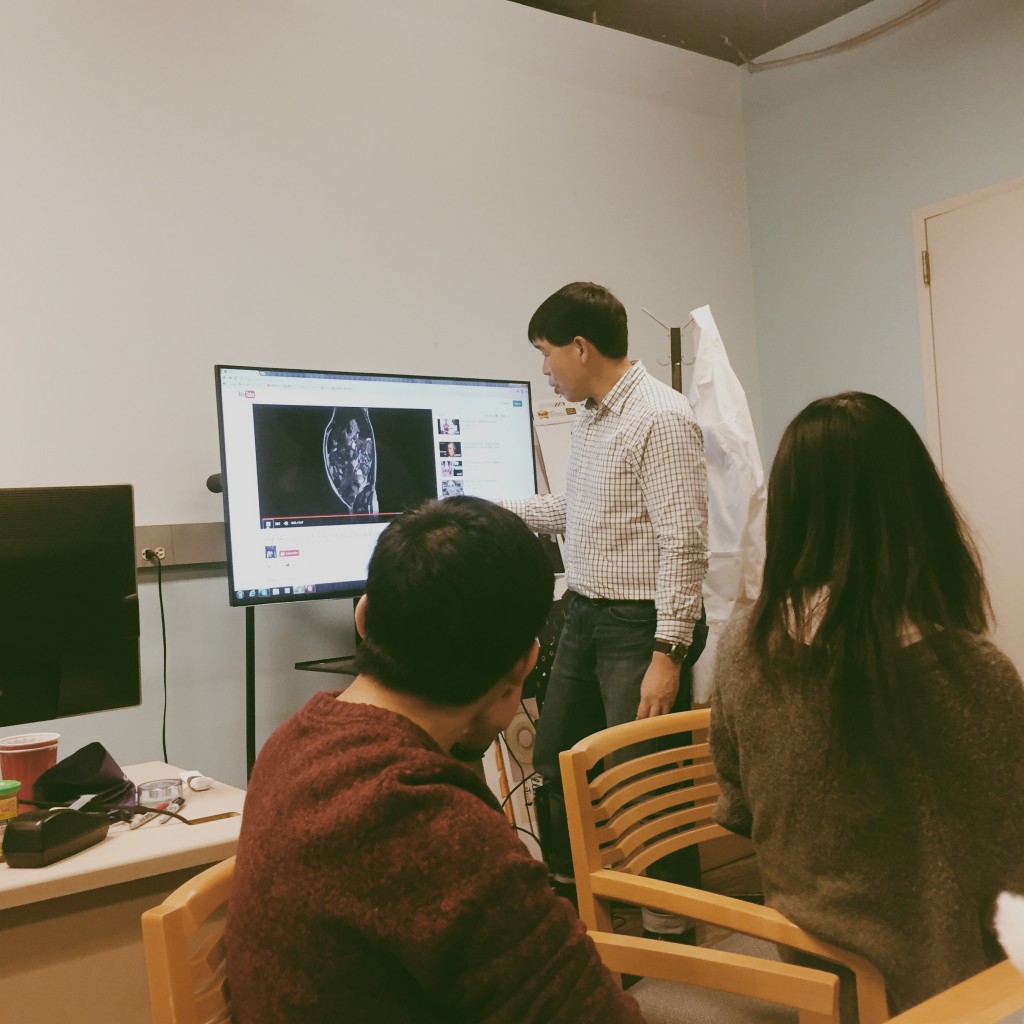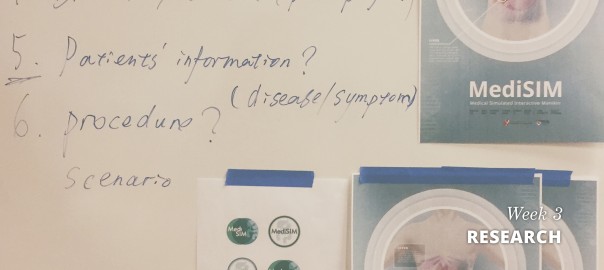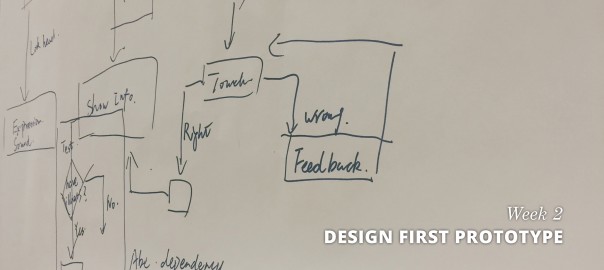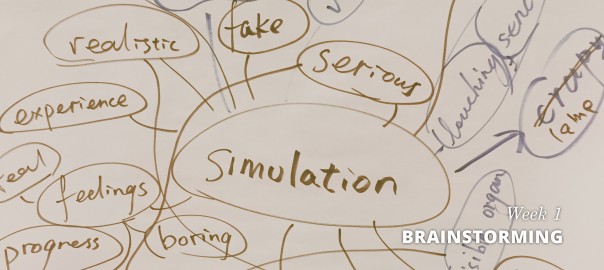Dev Blog – Week 6
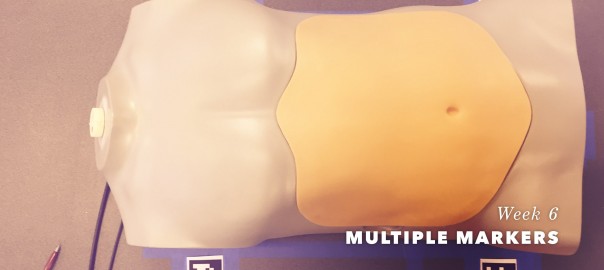
This week, the team made a demo video for the client to give him an idea of the team has done after the client left.
Programmers modified the current marker recognition system such that the device is able to determine a position based on multiple markers more precisely.
Artists started to make a new “storyboard” to clarify the interaction of the player and the corresponding implementations for programmers to evaluate the difficulty.
On Friday, the team was to communicate with the client to ask for input about the importance of the interaction of the player to make a priority for all the steps and think about drawbacks.
Also the team is featured on Hot Tech: Devices Revolutionizing The Electronics World
Hot Tech: Devices Revolutionizing The Electronics World
On Friday, the team attended Playtest to Refine Workshop to answer the following questions:
-
AFFECT. How does it make you feel? How do you feel at the beginning of the experience, the middle, the end?
-
THEME. What’s the big idea? (i.e. “forbidden love,” “transformation,” “reduce, reuse, recycle”) List all of the themes of the experience.
-
ENVIRONMENT. Describe the physical world of the experience. This might include sound and touch.
-
CHARACTER. Describe the characters, avatars, or game objects (or interface elements)
-
MECHANIC. List the game mechanics that the experience uses. What actions can the guest perform?
-
RELATIONSHIP. Describe the relationship the experience supports between characters and/or players.
-
EVENTS. What are the major events of the experience? How are they sequenced and paced? What triggers the event? What does the event trigger?
